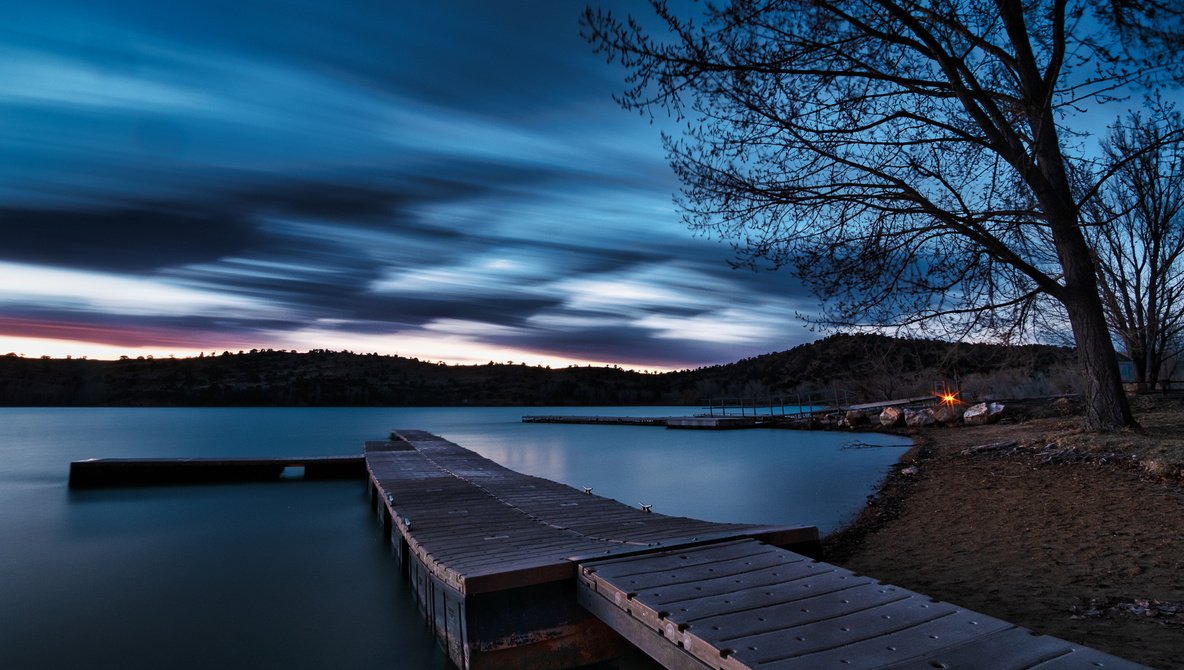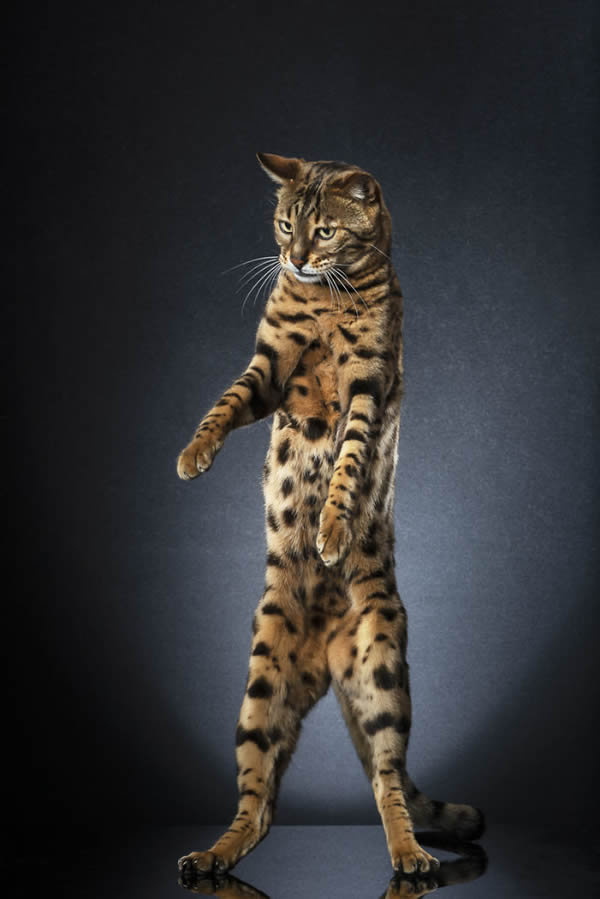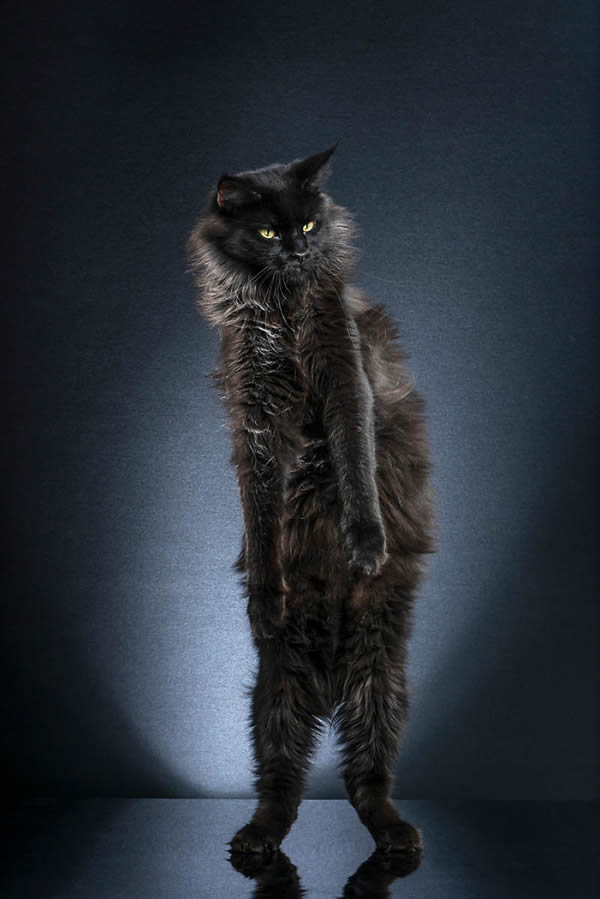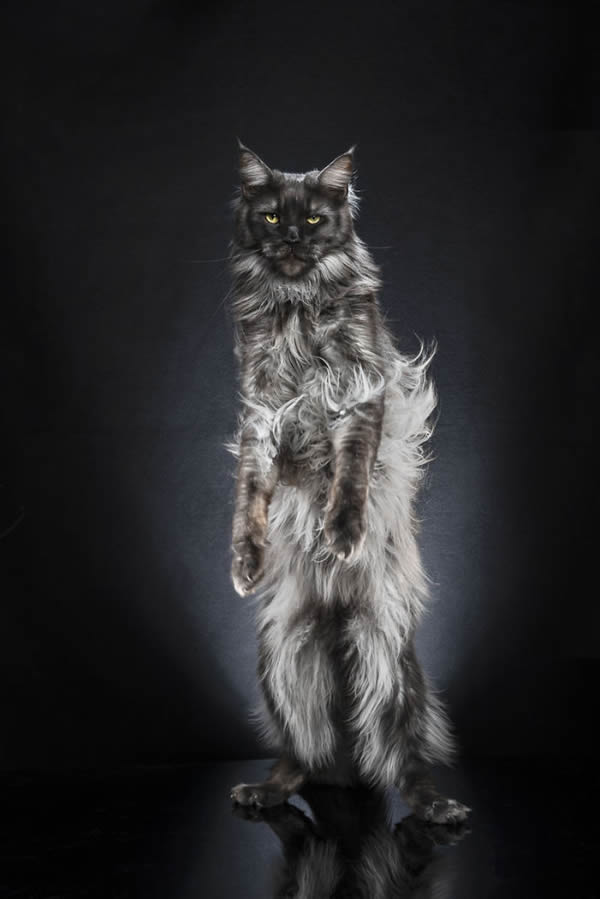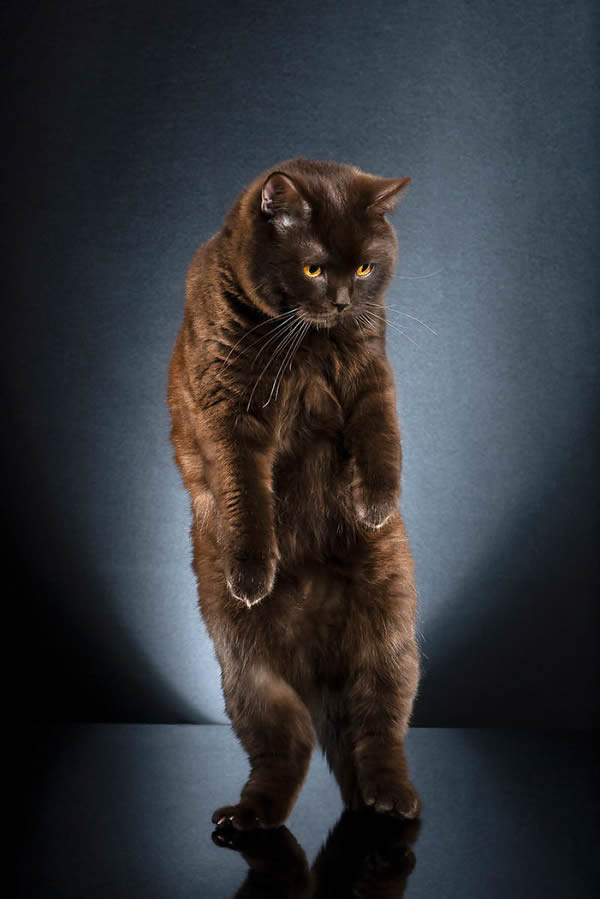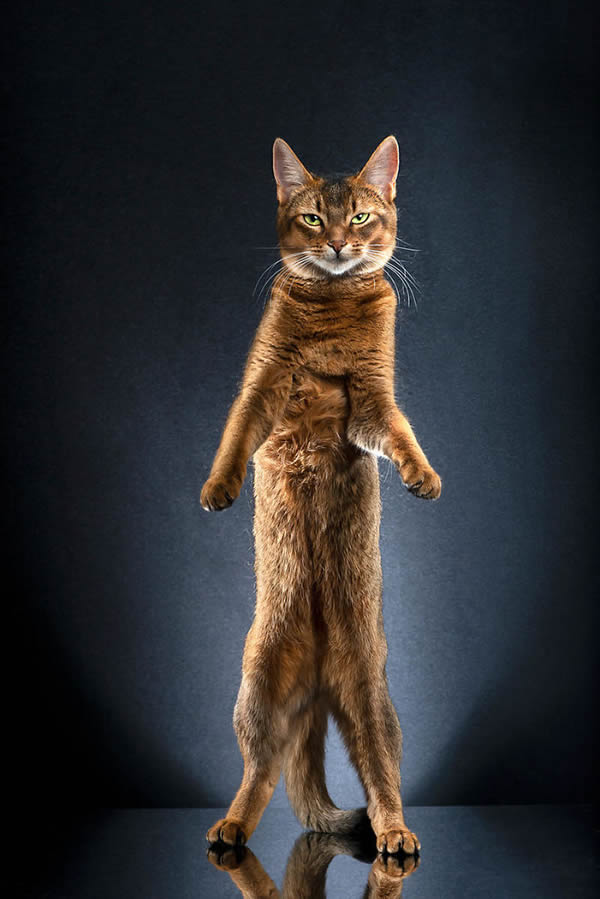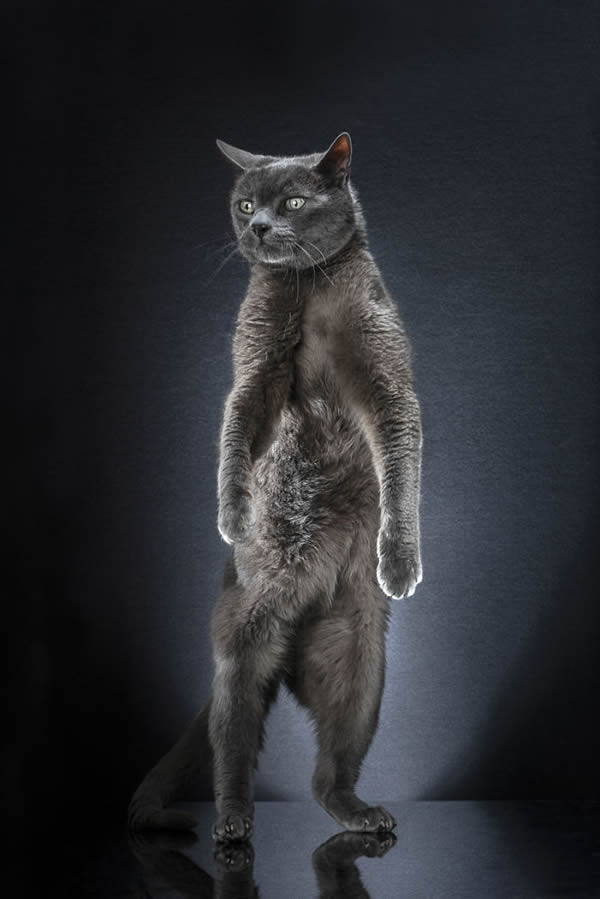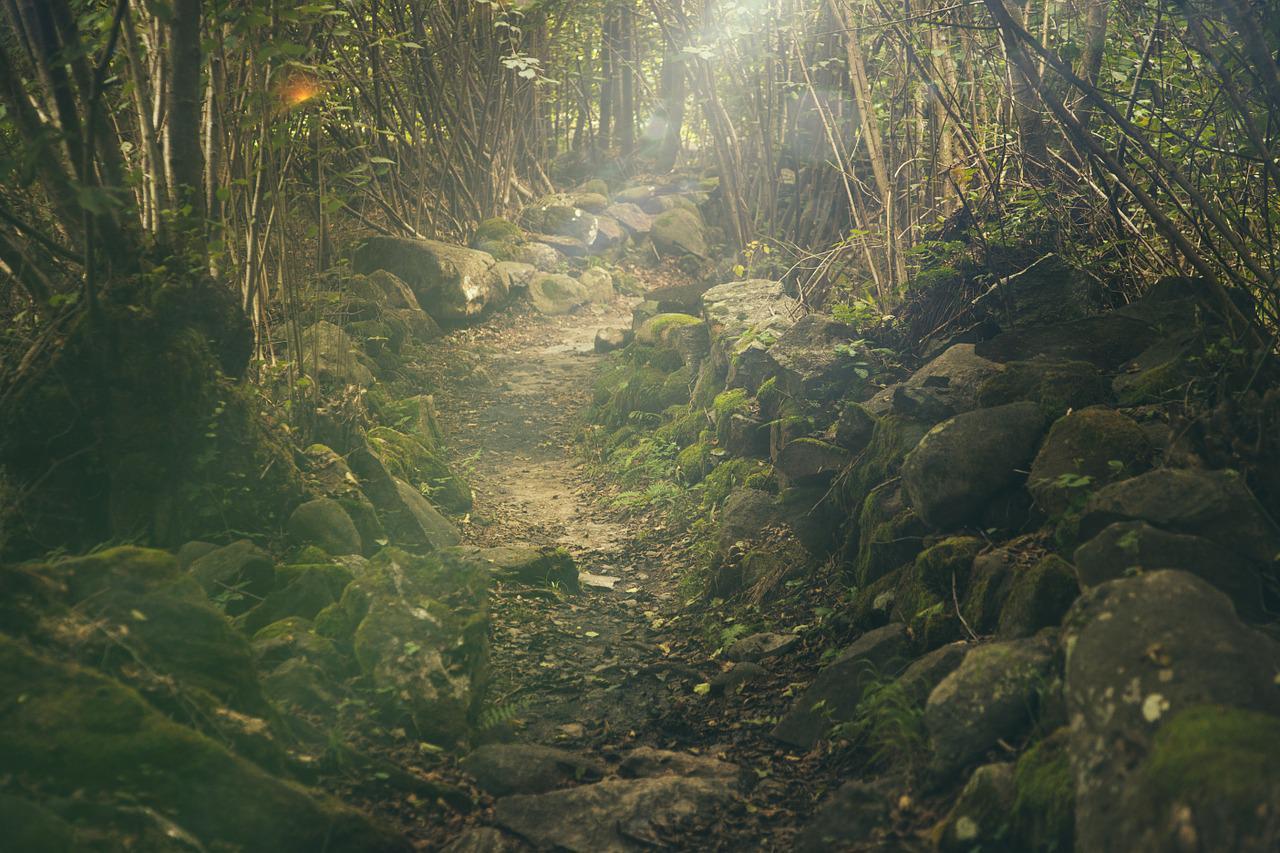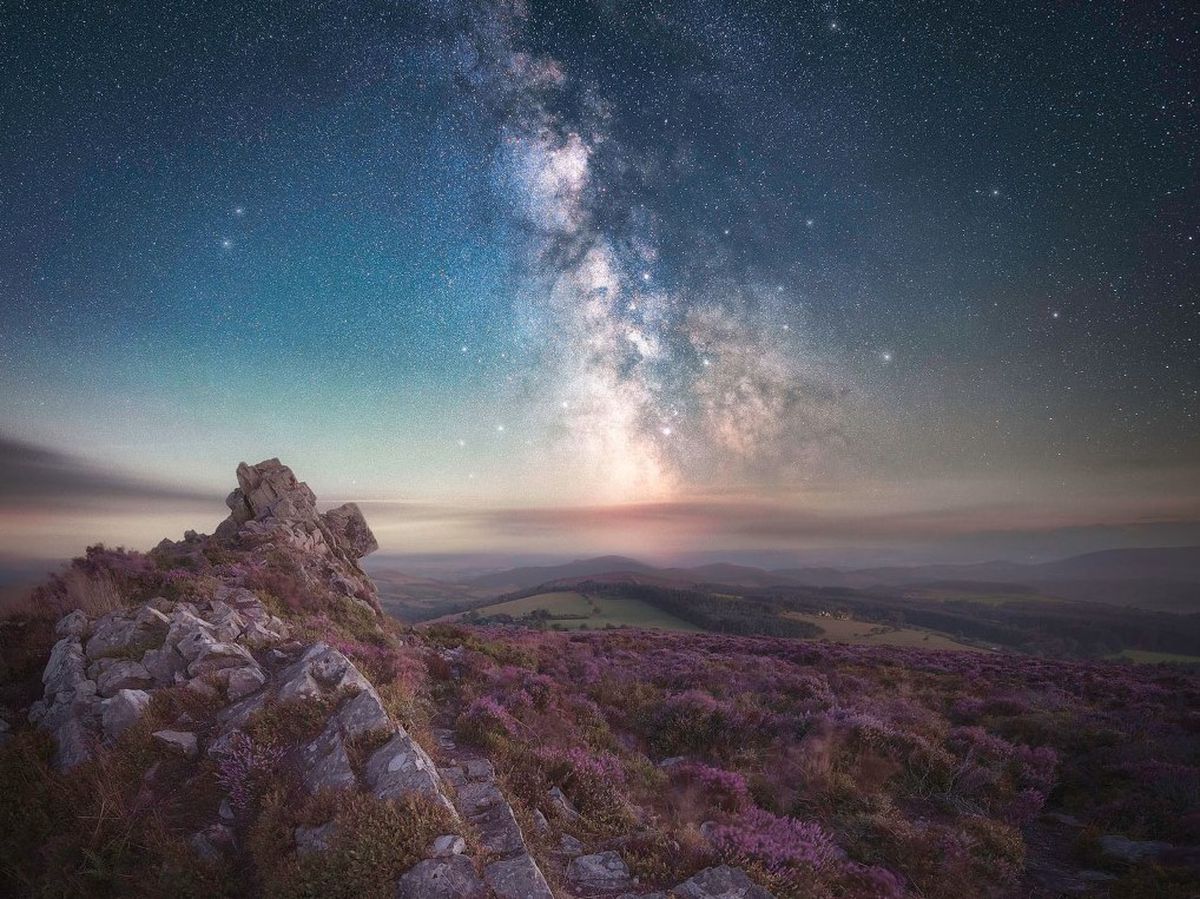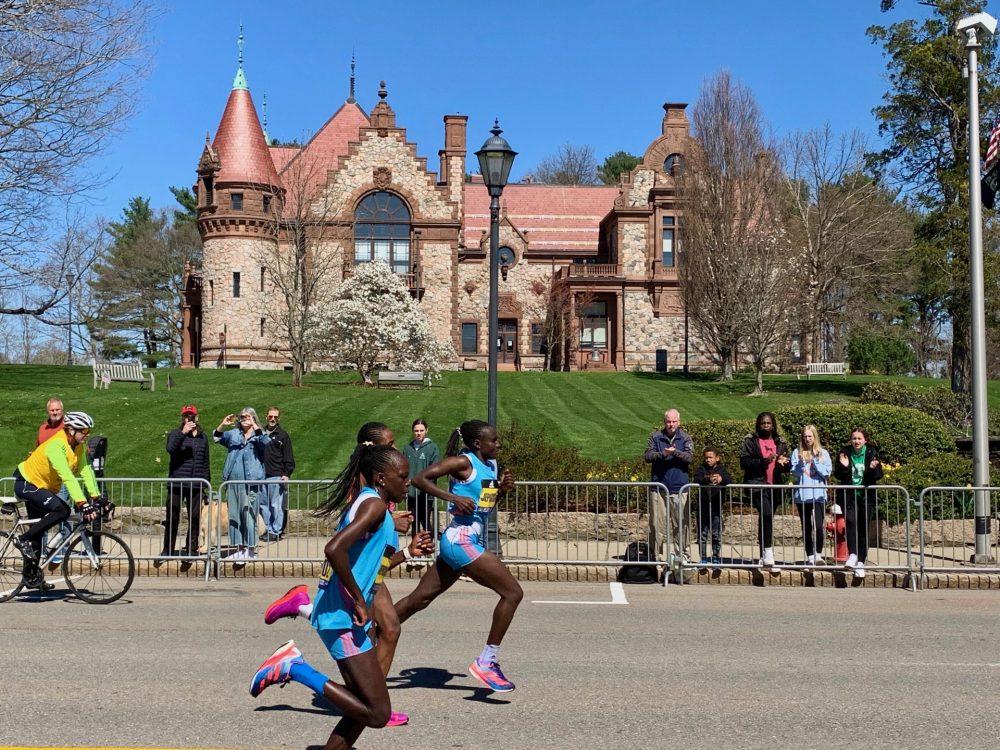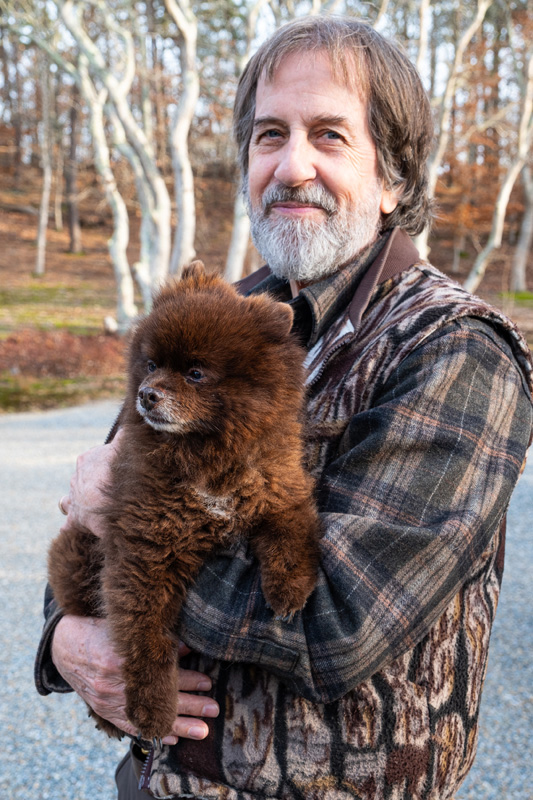Nowadays, photographers who use APS-C cameras have a pretty good selection of third-party lenses on the market that are capable of professional results, and this is becoming especially true in the ultra-wide arena.
I have a near insatiable curiosity to try a new lens when it is released. I am also a sucker for a good ultra-wide angle lens, so by now, I have a pretty extensive collection of super-wide glass for my Fujifilm X Series cameras.
In this article I will explain my opinion on and experiences with each of four third-party ultra-wide angle prime lenses for the X-Mount, although these are all available for Sony E-Mount, and some other APS-C camera systems. The four lenses are the Viltrox 13mm f/1.4, Rokinon 12mm f/2, 7Artisans 12mm f/2.8, and Laowa 9mm f/2.8.
A lens with specs like these is an important part of my kit, and I use them regularly for architecture, real estate, print photojournalism, astrophotography, landscape, video, and documentary work. Preferring prime lenses to zooms for these purposes, my requirements are that it is wider than 14mm and has an aperture that is f/2.8 or brighter. I have owned each for approximately six months or more, and each one has found a use case in my professional or personal work.
Don’t expect any photos of brick walls in this article. While those sort of reviews absolutely have a place in the industry, my approach to how glass earns a spot in my bag is much more casual, based on real-world shooting, and directly connected to how a lens fits my needs and budget while still performing good enough to use professionally. Also, I feel manufacturing variation between copies makes pixel-peeping a little pointless when comparing a lens online for purchase.
I specifically chose not to include native Fujifilm X Series lenses in this review, despite owning several. While I love native wide Fuji glass, this article is strictly all about third-party stuff, which I believe some prospective buyers may hold more qualms about, since the native lenses are all very highly regarded, despite not meeting everyone’s potential needs. For example, Fuji’s widest ultra-wide angle prime capable of low light work is the XF 14mm f/2.8. It is a great lens with excellent image quality, but 14mm just isn’t enough for many, and some are accustomed to brighter apertures as well.
Also, I will not be discussing the Zeiss 12mm f/2.8, since I have no experience with it.
Viltrox 13mm f/1.4
I wanted to address the elephant in the room first, which in this case is the only one of these four lenses that has autofocus. The Viltrox 13mm is my most used UWA for this reason alone. While autofocus is far from mandatory for really wide glass due to the very large area of the focal plane that is in focus, having autofocus opens up the door to for moving subjects, such as kids, pets, vehicles, and more. It is also very useful for when taking advantage of the very fast f/1.4 aperture on the Viltrox, effectively unlocking the ability to get ultra-wide angle portraits with a bit of subject separation. Alternatively, it helps you utilize the close-focusing capabilities for some pseudo-macro handheld work with less concern of shifting out of focus by involuntary body movement. Focusing is more than fast and accurate enough for my needs on all my Fujis and works very well for video work also.
The same fast aperture that unlocks a bit of bokeh in the right shooting circumstances with the Viltrox also makes this lens my go-to for night photography. It might be astrophotography in the Utah desert or it might be nighttime cityscapes, but the Viltrox is an absolute unit when it comes to letting in more light, and I value that very highly. It has become especially vital for my cityscape and night street workflow, since I like to work with no tripod when roaming a metropolitan area, and that f/1.4 combined with Fuji’s relatively good IBIS gives me a ton of flexibility when I am stomping about in the city night.
Image quality on my copy of the Viltrox is excellent in the center wide open, and stopping down to f/2 cleans up the corners beautifully. Contrast and color rendering are both top notch as well, especially from f/2 on.
The real drawback with this lens, for me at least, is its size and weight in comparison to the others. It weighs 14.6 oz and dwarfs the others (especially the Laowa, which is tiny). It feels well balanced on my X-H line cameras, but awkward and front heavy on my X-S10 and X-T20. Another issue is that I do not consider 13mm quite wide enough on a crop sensor to be a primary lens for professional real estate or architectural work, something I do quite a bit of.
Also, of these four lenses, the Viltrox is easily my favorite for video. While some people may prefer a mechanical manual focus lens for video work, my experience is that the autofocus on this lens is so good that between that and the ability to blur your background with f/1.4, the Viltrox is my hands-down choice for video work.
Overall, at $429 at B&H Photo at the time of writing this article, this lens offers so much. It is significantly more expensive than the Rokinon and nearly triple the cost of the 7Artisans 12mm, but for what it offers, it is easily worth it.
Rokinon 12mm f/2
The Rokinon 12mm f/2 was my first ultra-wide angle lens for my Fuji X Series cameras. When it was released, it was extremely popular among astrophotographers due to its good price point and fast f/2 aperture. At the time it came out, the Zeiss 12mm f/2.8 was its main competition, since Fuji’s widest fast prime was, at the time, a 14mm f/2.8 that left some things to be desired for this sort of work. The Zeiss, however, was more than double the cost of the Rokinon. Having been available now for quite some time, the Rokinon can currently be found for very cheap on the used market, and a new one can be had for only $249 at the time of writing.
Although it lacks the autofocus of the Viltrox, focusing is a breeze, since you can simply set it to infinity, and even when shot at f/2, everything from about three feet and on is in focus when focus. That being said, my copy was not dead-on with its factory-inscribed infinity mark (an issue I have read about others having as well). I simply used a metallic permanent marker to mark the correct spot for infinity focus and didn’t think much of it, but new buyers should keep this in mind if they decide to pick one up.
The popularity of the Rokinon 12mm for astrophotography is for good reason. My copy was pretty darn sharp wide open at f/2 and became totally manageable in the corners at f/2.8. At f/4, it’s razor sharp, but since my main use for this lens at the time I purchased it was astro, I was typically shooting at f/2.5 to keep my ISO as low as possible and getting results I was very happy with.
Perhaps my biggest issue with the Rokinon 12mm is the “petal” style six-point sunstars, which I find to be unattractive in comparison to the sunstars on the other three lenses in this article. This is a minor thing, but I found it especially unpleasant in my night cityscape work since the lights of the city are many and specular, resulting in the awkward-looking six-point stars often dotting the image frequently when shot closed down past f/5.6.
Overall, the Rokinon is a excellent lens, especially now that the price point has come down so much since its launch. Excellent image quality, small size and weight, and a capable f/2 aperture makes it a winner for anyone who doesn’t care about the ugly sunstars and doesn’t mind working with manual focus and aperture settings.
7Artisans 12mm f/2.8
The 7Artisans 12mm f/2.8 is the most recent addition to my stable of ultra-wide angle prime lenses, and its area of specialty is clearly value. At only $149, the entry point to owning this fully manual lens is very low, while still offering good image quality and a relatively fast f/2.8 aperture. This is the lens I suggest to anyone who needs a good ultra-wide angle prime but doesn’t have a lot to spend.
On my copy of the 7Artisans 12mm the center exhibits very good sharpness, and stopping down to f/4-5.6 transforms it into an edge-to-edge performer.
Unlike my Rokinon 12mm, the infinity markings are accurate on my copy of the lens, and perhaps even better are the brilliant 14-pointed sunstars the lens produces through its 7-bladed diaphragm. For this reason, I would easily choose the 7Artisans over the Rokinon 12mm for work on cityscapes, but the fully one-stop brighter aperture of the Rokinon gives it a slight edge for astro work.
The build quality of 7Artisans lenses has continued to improve since they came on the scene, and their 12mm is a good example of that. Made with plenty of metal, good tolerances, and a creamy focus ring, my copy punches in much higher than its dirt-cheap price point would otherwise imply. It is similar in size and form factor to the Rokinon, but feels decidedly better in overall build quality and focusing. The lens is a real joy to use.
Your budget may necessitate the 7Artisans if buying new from these four lenses, but you should not feel cheated by any means. Not that long ago a lens with this quality and these features would have cost a lot more, and hear me when I say it is more than capable of producing professional quality shots. It is the value king. An improved revision of the lens has recently been released, and the price is the same.
Laowa 9mm f/2.8
At an extremely wide 9mm, the Laowa 9mm f/2.8 Zero-D will give you a much larger field of view than any of the other lenses. That combined with the lens’ design, which exhibits next to zero distortion, makes this one of the very best options for real estate and architectural work. At the time of writing this, B&H has it for $399 brand new, which is down about $100 from its usual price.
For me, this lens really is all about architecture, especially interior work, and it absolutely excels in that area. My copy is not as strong of an optical performer as the other three, but if you need the 13.5mm full frame equivalent field of view it offers, you can handle some of its optical compromises.
The most glaring compromise on the Laowa 9mm is without a doubt its horrendous vignetting, which never really goes away no matter how far you stop it down (it does improve a lot at f/8 and higher apertures, though). Luckily, vignetting is easily compensated for in every photo editing application commonly available, so I have not found this to be an insurmountable problem.
The Laowa is brilliantly small and compact. The Rokinon and 7Artisans 12mm lenses dwarf it much like the Viltrox dwarfs the former two. Its build quality and feel are not as good as the Viltrox and 7Artisans, but it does not feel particularly cheap by any means.
In the end, the Laowa is a lens you purchase for one of several very specific reasons. You won’t find anything wider in this price range, and you won’t find anything smaller in its focal range and aperture. It fills a very specific need for my professional workflow, performs admirably when you look past its shortcomings, and takes up almost no space in my bag.



